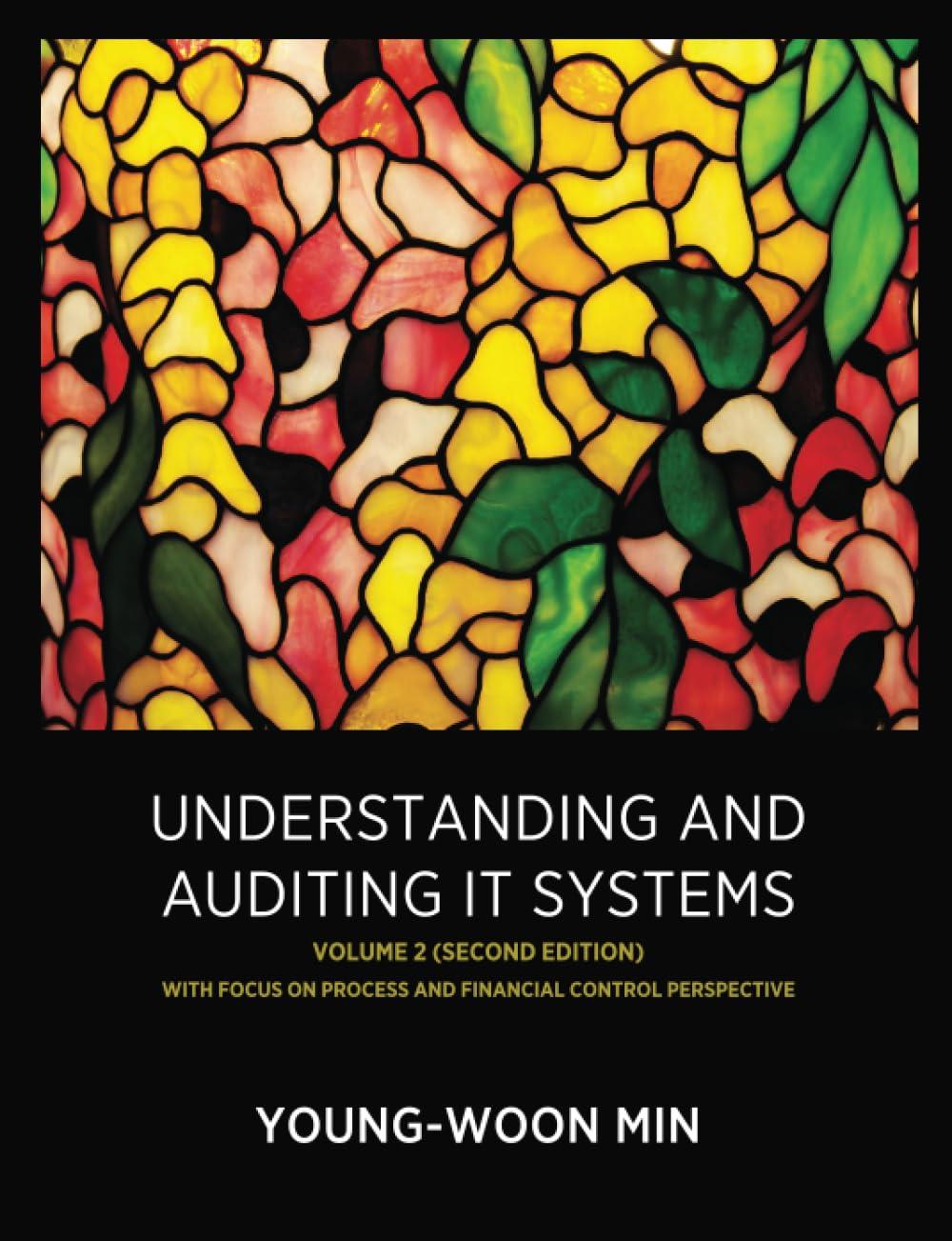Question
Read the scenario below, and address the subsequent requirements. You own a management consulting business and often provide advice to Jae Lo, a client who
Read the scenario below, and address the subsequent requirements.
You own a management consulting business and often provide advice to Jae Lo, a client who wants to diversify her business. Jae is considering the purchase of a small manufacturing company that assembles and packages its many products by hand. She plans to automate the factory, and believes the company will be profitable within three years. Currently, the company uses direct labor-hours to allocate overhead to its products. After automating the factory, Jae would prefer to continue using this approach because of its simplicity, and asks you for advice.
Required:
Review your textbook for information about plant-wide, departmental, and activity-based allocation methods, as well as multiple predetermined overhead rates (pgs. 122 123, and 92). Also, review the pros and cons of activity based costing (pgs. 134 137).
In your post, address the following questions:
1. After Jae Lo automates the factory, should she continue to use direct-labor hours as an allocation base for overhead?
2. Explain your rationale in other words, why or why not? Be sure to support your answer with reasons you noted when you reviewed the textbook.




In your post, address the following questions:
1. After Jae Lo automates the factory, should she continue to use direct-labor hours as an allocation base for overhead?
2. Explain your rationale in other words, why or why not? Be sure to support your answer with reasons you noted when you reviewed the textbook.
Please give me your best answer. I'll rate for ur answer!
ASSIGNING OVERHEAD COSTS TO PRODUCTS Companies use three common approaches to assign overhead costs to products. The simplest method is to use a plantwide overhead rate. A slightly more refined approach is to use departmental overhead rates The most complex method is activity-based costing, which is the most accurate of the three approaches to overhead cost assignment. Plantwide Overhead Rate The preceding chapter assumed that a single overhead rate, called a plantwide overhead rate, was used throughout an entire factory. This simple approach to overhead assignment can result in distorted unit product costs, as we shall see below When cost systems were developed in the 1800s, cost and activity data had to be collected by hand and all calculations were done with paper and pen. Consequently, the emphasis was on simplicity. Companies oftern established a single overhead cost pool for an entire facility or department as described in Chapter 2. Direct labor was the obvious choice as an allocation base for overhead costs. Direct labor-hours were already being recorded for purposes of determining wages. In the labor-intensive production processes of that time, direct labor was a large component of product costs-larger than it is today. Moreover, managers believed direct labor and overhead costs were highly correlated. (Two variables, such as direct labor and overhead costs, are highly correlated if they tend to move together.) And finally, most companies produced a very limited variety of similar products, so in fact there was probably little difference in the overhead costs attributable to different products. Under these conditions it was not cost-effective to use a more elaborate costing system Conditions have changed. Many companies now sell a large variety of products that consume significantly different amounts of overhead resources. Consequently, a costing system that assigns essentially the same overhead cost to every product may no longer be adequate Additionally, factors other than direct labor often drive overhead costs On an economywide basis, direct labor and overhead costs have beern moving in opposite directions for a long time. As a percentage of total cost, direct labor has been declining, whereas overhead has been increasing. Many tasks previously done by hand are now done with largely automated equipment-a component of overhead. Further-more product diversity has increased. Companies are introducing new product:s and services at an ever-accelerating rate. Managing and sustaining this product diversity requires many more overhead resources such as production schedulers and product design engineers, and many of these overhead resources have no obvious connection with direct labor. Finally computers, bar code readers, and other technology have dramatically reduced the costs of collecting and processing data-making moreStep by Step Solution
There are 3 Steps involved in it
Step: 1

Get Instant Access to Expert-Tailored Solutions
See step-by-step solutions with expert insights and AI powered tools for academic success
Step: 2

Step: 3

Ace Your Homework with AI
Get the answers you need in no time with our AI-driven, step-by-step assistance
Get Started


